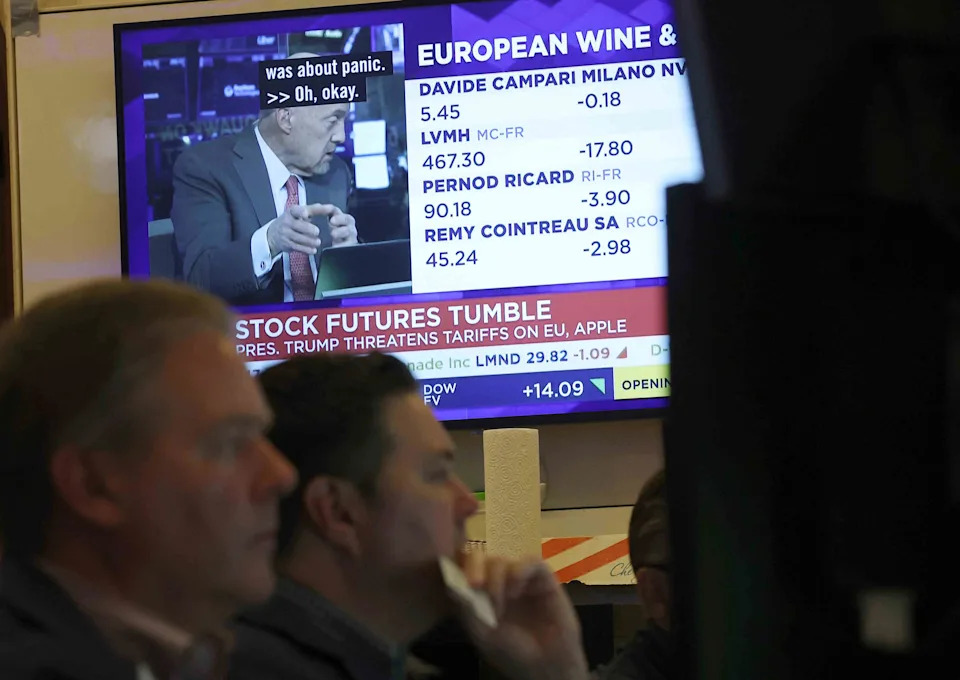News
Trump's Latest Tariff Threats Revive Trade Anxiety

Key Takeaways
Investors on Friday morning got an unpleasant reminder that President Trump still really likes tariffs.
Stocks tumbled on Friday after Trump shot off a couple of early morning Truth Social posts aimed at two of his favorite targets. Trump first insisted that Apple will have to pay a 25% tariff on all iPhones made outside the U.S. About 30 minutes later, the president posted: “The European Union… has been very difficult to deal with… Therefore, I am recommending a straight 50% Tariff on the European Union, starting on June 1, 2025.”
The social media posts were a harsh reminder that Trump will continue to use tariffs—and the threat of them—as a foreign and economic policy cudgel, and that U.S. policy will be set according to the president’s whims.
Trump’s threats injected fresh uncertainty into a market buoyed in the last month by optimism that tariffs will settle below the rates that, when unveiled in early April, tanked stocks . Trump’s decision to pause his sweeping “Liberation Day” tariffs the day after the S&P 500 closed near a 1-year low reassured investors that the president was paying attention to Wall Street, despite his saying he wasn’t.
Unfortunately for investors, Friday’s threats are arguably a sign that Trump is watching markets, and that he may feel emboldened when stocks are rising. “Tariffs are a dial, not an on-off switch,” market research firm Renaissance Macro Research posted to X on Friday morning. “Stocks go up, he may feel like he has license to turn the dial back on. Stocks go down enough, the opposite is true.”
Analysts 'Remain Positive' on Stocks Despite Volatility
Despite Friday’s jolt, many analysts remain confident that the economy can weather tariff-related turbulence.
“Although policy uncertainty injects more investment uncertainty, we believe this is part of the negotiating thesis to cut individual or regional deals,” said Eric Teal, Chief Investment Officer for Comerica Wealth Management, of Trump’s EU tariff threat. “We still believe that most companies and the economy are well positioned to power through the temporary higher import prices.”
Stocks are also expected to pull through. “We remain positive on equities,” wrote John Stoltzfus, Chief Investment Strategist at Oppenheimer Asset Management, in a note earlier this week. Stock market fundamentals, he said, paint a picture of “a very much intact bull market,” driven by the Fed’s success in tempering inflation, solid corporate earnings growth, and a stable job market.
UBS earlier this month downgraded U.S. equities from Attractive to Neutral, citing limited upside after the market’s strong post-“Liberation Day” rebound and the likelihood of elevated volatility. Still, the firm expects “growing political, business, and legal challenges will generally see [reciprocal tariffs] reduced or removed,” wrote Mark Haefele, Chief Investment Officer of Global Wealth Management at UBS, in a note on Thursday.
UBS expects the S&P 500 to end the year at 6,000—about 4% above its level on Friday—and stand at 6,400 next June. “In other words, our tactical Neutral view is not bearish, nor is it a call to sell equities,” wrote Haefele.
Read the original article on Investopedia

